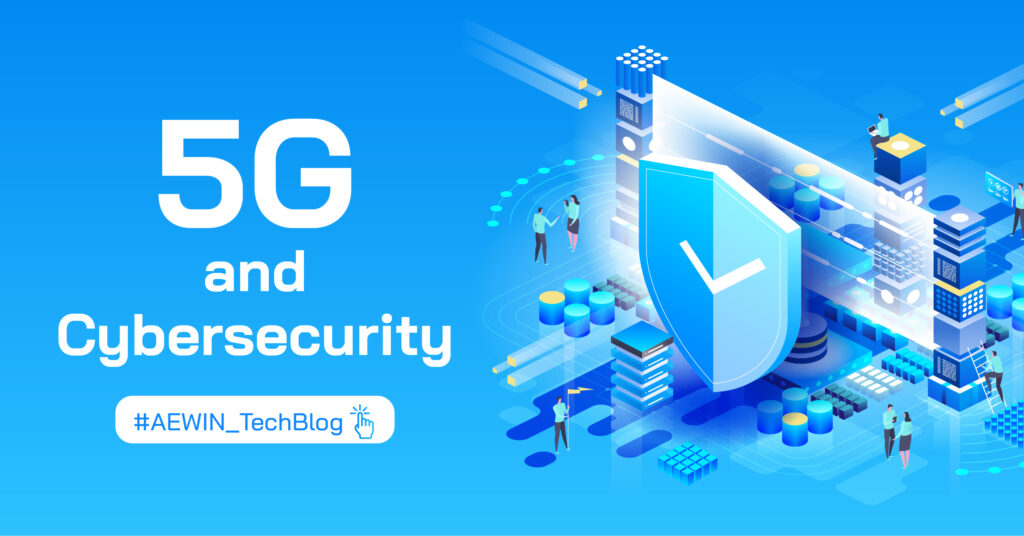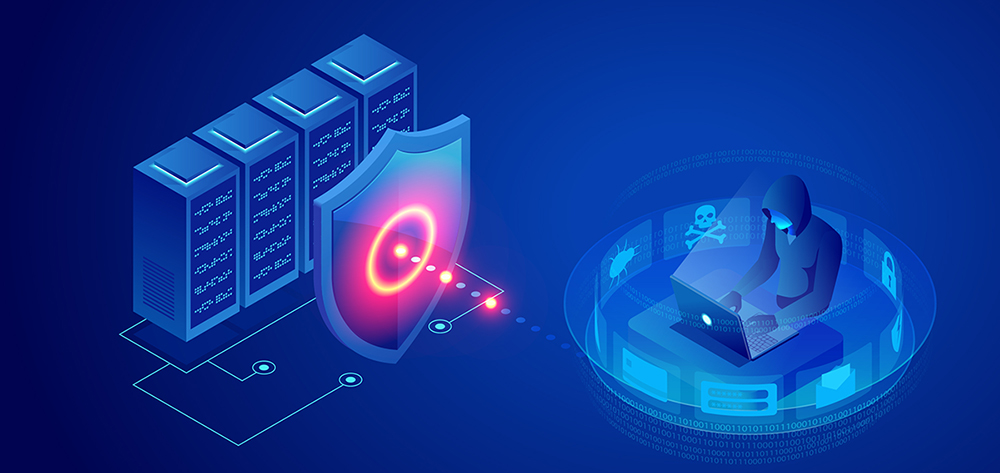
Many innovative applications appear with the development of the technologies and boost up a trend of digital transformation. Low latency data process and transmission is required to handle massive amount of data for diverse verticals including Smart Manufacturing, Smart City, Smart Medical, and more. Among the key technologies to support the applications, 5G network is one of them. More than just another increase in speed, 5G is designed ultimately to indue the network with new capabilities, such as network slicing and others. 5G also provides the capacity to eventually support millions of end devices, a density that will enable massive IoT deployments connected with ultra-low latency.
The Possibilities and Benefits of 5G
Some of the possibilities and benefits of 5G include:
- Faster speeds: 5G is expected to deliver peak speeds of up to 10 Gbps, which is 100 times faster than 4G. This will allow us to download movies and TV shows in seconds, stream high-definition video without buffering, and play online games with virtually no lag.
- Lower latency: Latency is gap time, or transmission time for a packet of data. 5G is expected to have latency in the 5-20 milliseconds range, which is much lower than 4G. Overall, this generation of wireless is expected to provide a 10X decrease in end-to-end latency. This will make it possible for us to interact with virtual reality and augmented reality applications in real time.
- Greater capacity: 5G networks are capable of supporting more devices than ever before. This will be essential as the number of connected devices continues to grow, a density that will enable massive IoT deployments connected with ultra-low latency.
- Network slicing: 5G network slicing is a technology that allows network operators to create multiple virtual networks on a single physical network. This can be used to create a dedicated network for mission-critical applications, which helps to secure the low latency and protect from unauthorized access and attack. One specific example is the Emergency Medical Services that require low latency, such as linking ambulance statistics with hospital while in transit, communicating with ER to conduct proper emergency treatment.

5G Cybersecurity Risks
While 5G offers many potential benefits, it also introduces new cybersecurity risks. These risks include:
- Increased attack surface: 5G networks are more complex than previous generations, which means that they have a larger attack surface. This makes them more vulnerable to cyberattacks.
- New vulnerabilities: 5G networks use new technologies, which means that there are new vulnerabilities that need to be addressed. These vulnerabilities could be exploited by attackers to gain access to 5G networks.
- IoT devices: 5G networks are expected to be connected to a large number of IoT devices. These devices are often poorly secured, which could make them easy targets for attackers.
The progress of the 5G and beyond revolution may well be hindered if security issues are not tackled early on while the systems are being designed and deployed.

Secure Networking
To deliver 5G’s full potential, enterprises need a broad and integrated approach in which security, networking, and compute work as an integrated solution. Accordingly, security and networking must function as a single, integrated system. By converging the two, whenever the networking infrastructure evolves or expands, security is able to automatically adapt and scale as an integrated part of that environment, protecting the extended identity of a user or device to ensure consistent protection while enabling accelerated performance across all network edges.
Conclusion
5G is a powerful technology that offers a number of benefits. However, it is important to be aware of the cybersecurity risks associated with 5G and to adopt secure networking to mitigate them.
To know more about AEWIN extraordinary products and customizations regarding 5G, please don’t hesitate to contact AEWIN friendly sales!
– SCB-6915: Alder Lake-N Platform with 6x 1GbE and M.2 for LTE/5G and Wi-Fi.
– SCB-1836: Alder Lake-S/Raptor Lake-S Platform with 4x PCIe NIC, IPMI, and TSB module.
– SCB-1833: Ryzen Platform with 4x PCIe NIC and IPMI/TSB module.
– SCB-1946: Dual EPYC-9004 Platform with short depth design, 4x PCIe Gen5 slots plus dual FHFL GPU slots or 4x PCIe Gen4 NIC, and IPMI.
– SCB-1942: Dual Sapphire Rapids-SP Platform with short depth design, 4x PCIe Gen5 slots plus dual FHFL GPU slots or 4x PCIe Gen4 NIC, and IPMI.